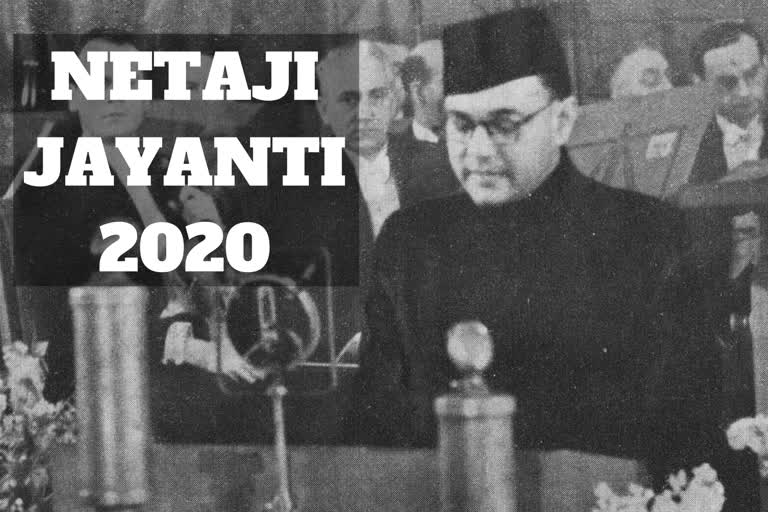New Delhi: January 23 holds special significance for the nation, as it was on this day that Subhash Chandra Bose, one of the most celebrated freedom fighters of India was born.
On his 123rd birth anniversary, the world remembers 'Netaji', who spread the feeling of national integration, sacrifice and communal harmony among the masses.
Bose had earned the epithet 'Netaji' as he established and led the Indian National Army (INA) to form alliances against the British during India's struggle for Independence.
EARLY LIFE
Netaji was born in Cuttack to Prabhavati Dutt Bose and Janakinath Bose on January 23, 1897. His father was an affluent and successful advocate. Netaji was the ninth child among fourteen children in the family.
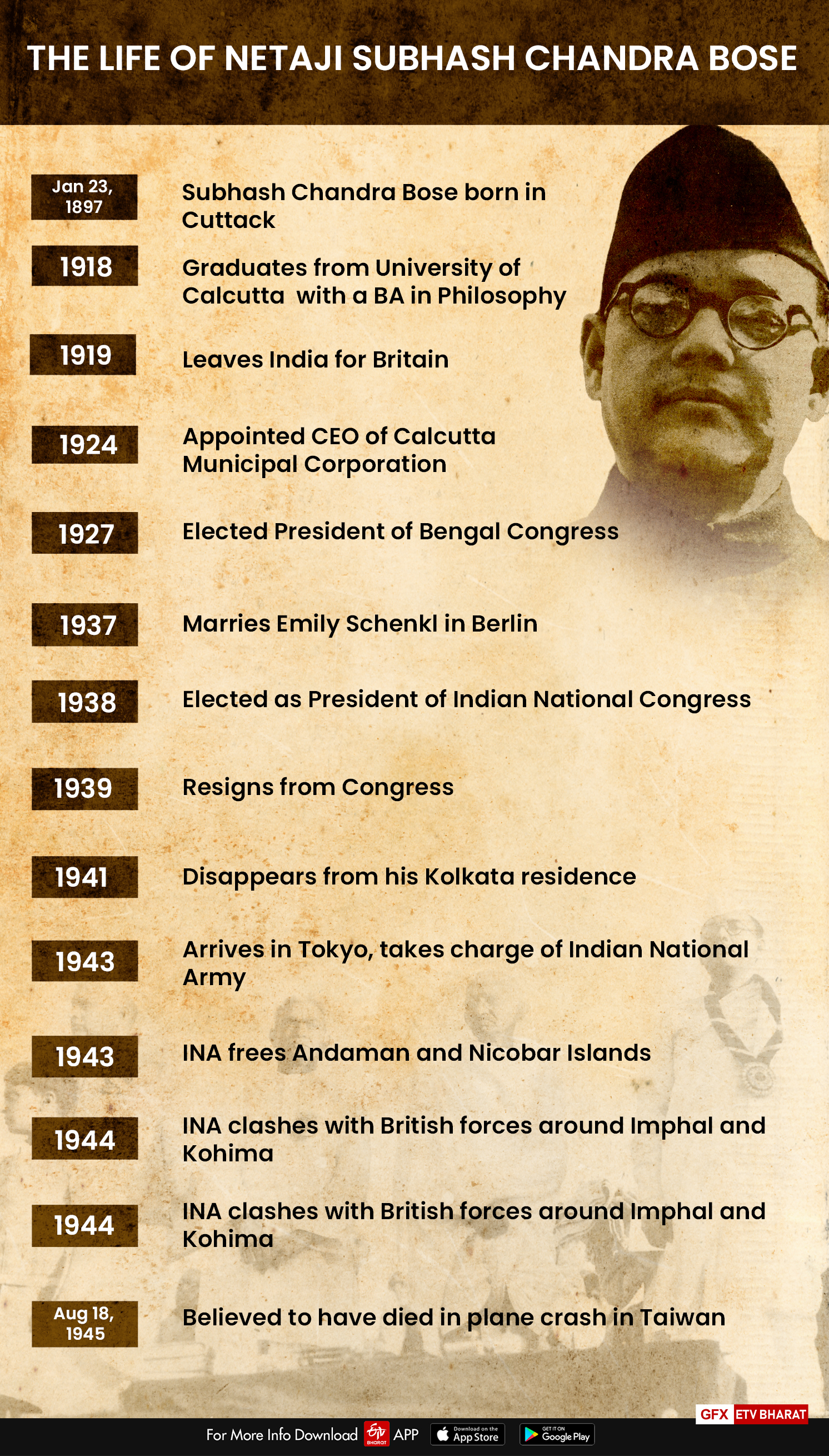
Bose first came in the eyes of the British government, when he assaulted Professor EF Otten for his anti-India remarks at the Presidency College.
After he got expelled, Bose joined the Scottish Church College at the University of Calcutta and passed his BA in 1918 in philosophy.
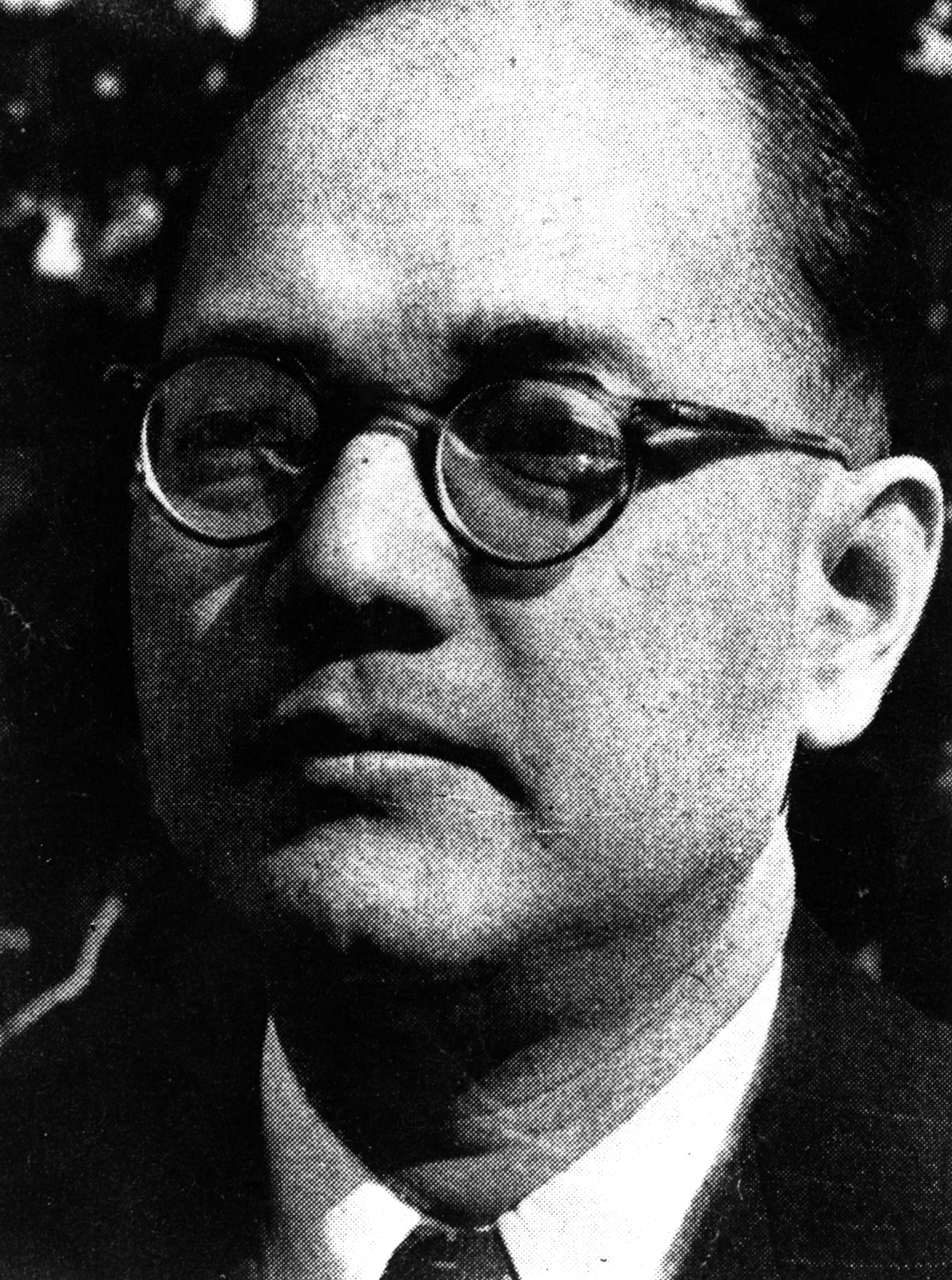
Read: January 23 declared as public holiday in Jharkhand to mark Netaji's birthday
He then left India for England with a promise to his father that he would appear in the Indian Civil Services (ICS) examination.
Though he came fourth in the examination, he resigned from service in 1921 to participate in the freedom movement.
TRYST WITH THE CONGRESS
On his return to India, Bose joined the Independence movement as a part of the Congress party. He started the newspaper 'Swaraj' and took charge of publicity for the Bengal Provincial Congress Committee.
Though Bose gained popularity within the Congress and served several stints in prison during the time, he had major ideological differences with leading figures like Mahatma Gandhi and Jawaharlal Nehru.
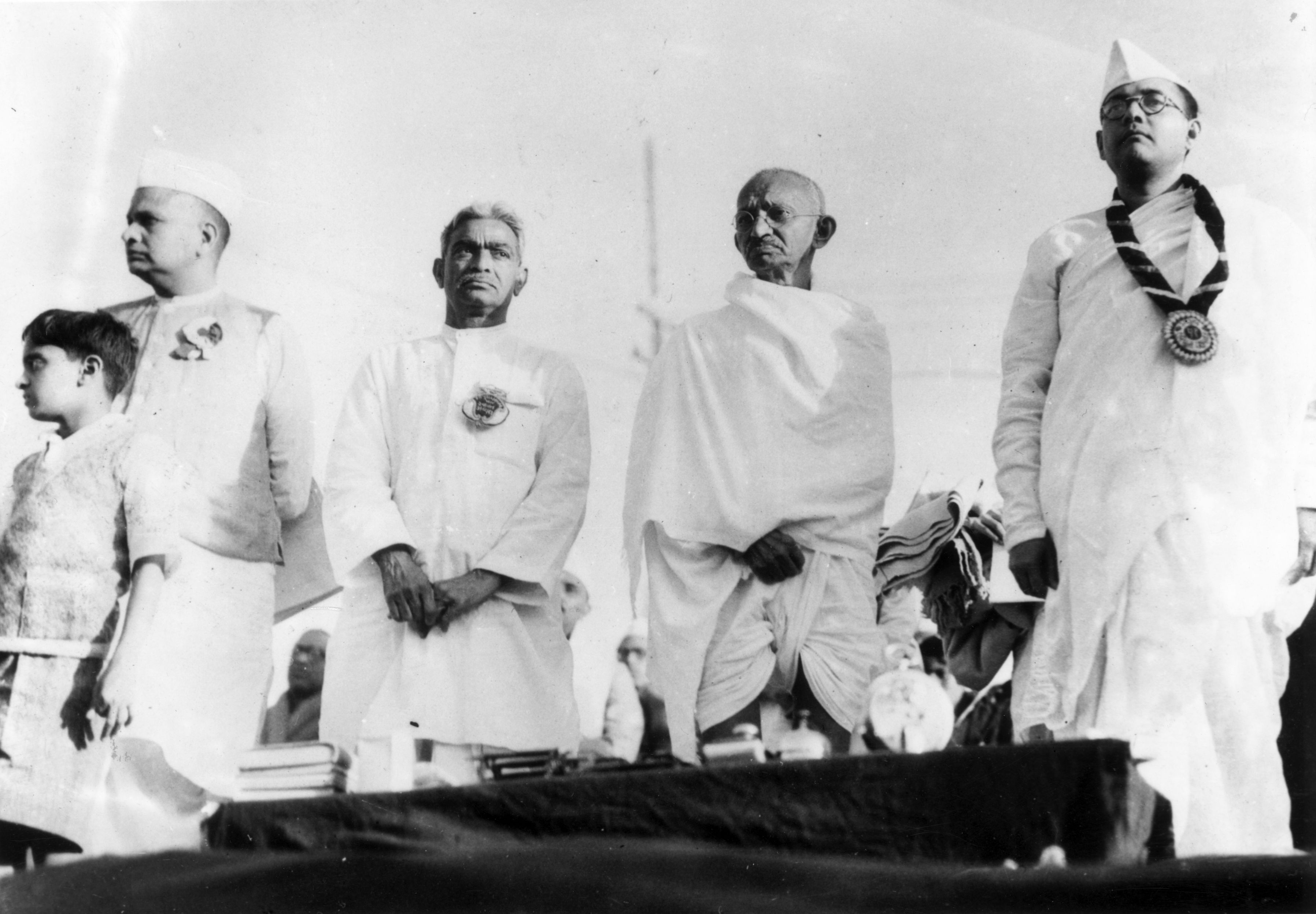
In 1938, Netaji was elected as president of the Indian National Congress. He then formulated a policy of broad industrialisation which didn’t fall in sync with the Gandhian economic thought. The difference were said to be due to Gandhi's 'moderate' nature as opposed to Bose's 'aggressive' stance. He was removed from the Congress leadership positions in 1939, and that is when Bose decided to resign from the party.
FORMATION OF INA
In a bid to muster outside support, Bose journeyed to faraway Germany, and Japan Japan during the Second World War. He decided to induce soldiers from outside to get freedom.
Bose was vehemently opposed to the Congress' decision to support the British during the Second World War. After India was declared as a warring state,
With the aim to initiate a mass movement, Bose called out to Indians for their wholehearted participation. There was a tremendous response to his call "Give me blood and I will give you freedom" and the British could do nothing other than locking him up.
The Great Escape
During his house-arrest in 1941, Bose suddenly disappeared. He travelled by foot, car and train and resurfaced in Kabul, then through Moscow, and finally reached Germany.
His broadcast from German radio sent shock waves among the British and electrified the Indian masses who realised that their leader was working on a master plan to free their motherland. It also gave fresh confidence to the revolutionaries in India who were challenging the British in many ways.
Read: Russia claims no documents pertaining to Netaji's whereabouts
He founded the Free India Center in Berlin. He also created the Indian Legion (consisting of some 4500 soldiers) out of Indian prisoners of war. Subsequently, in February 1943, Bose turned towards Japan, where he assumed command of over 40,000 soldiers recruited from Singapore and other South-East Asian regions. He called his army the ‘Indian National Army’ (INA). A government by the name "Azad Hind Government" was declared on the 21st of October 1943.
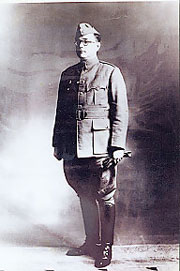
The INA then freed the Andaman and Nicobar islands from the British and renamed them as Swaraj and Shaheed islands. The Government started functioning there.
The Army then crossed the Burma border into mainland India, where they locked horns with the British forces around Imphal and Kohima in 1944. However, the events of World War II led to the surrendering of Japanese and German forces, forcing Netaji to call off further advancement.
DEATH
After a majority of the INA surrendered to the British, Netaji was believed to have retreated along with a few troops towards Malaya or Thailand.
Bose is said to have succumbed to third-degree burns on August 18, 1945 after his overloaded Japanese plane crashed in Taiwan.
Read: India must seek critical files on Netaji from Japan: C K Bose
